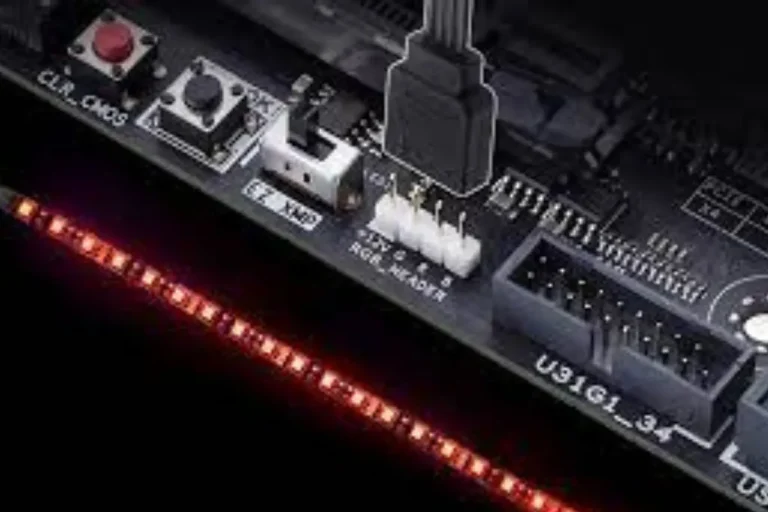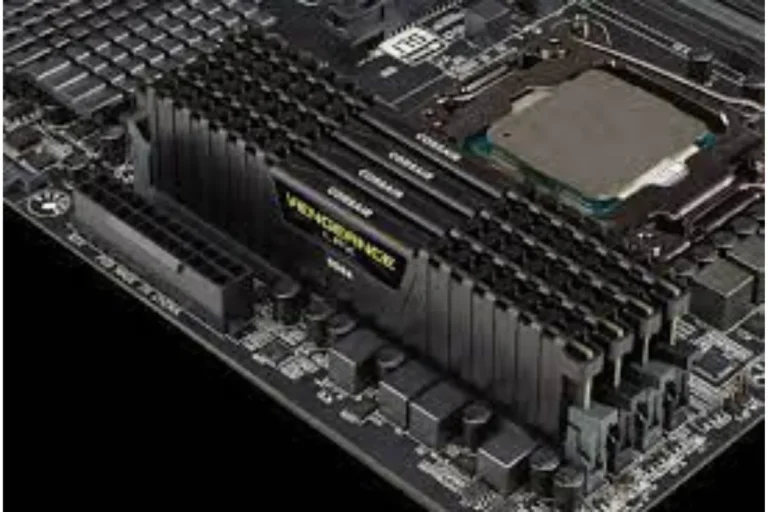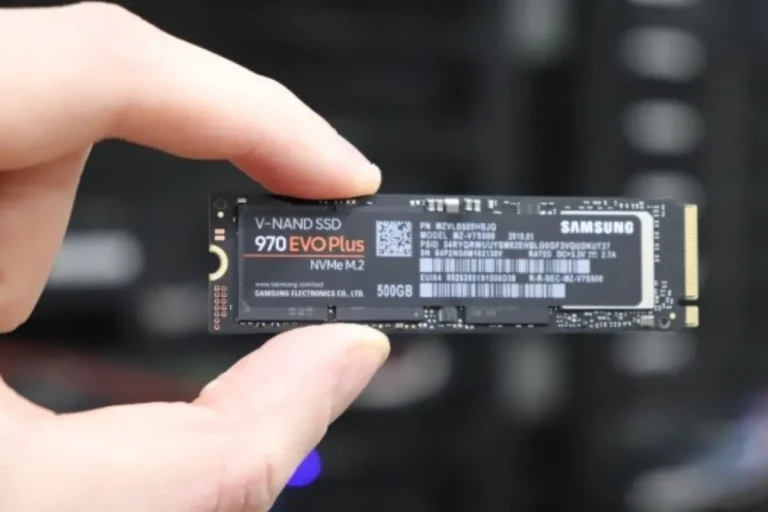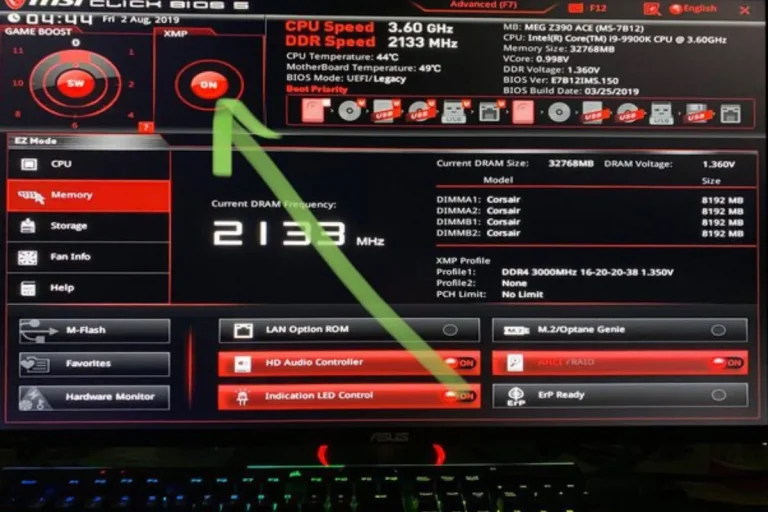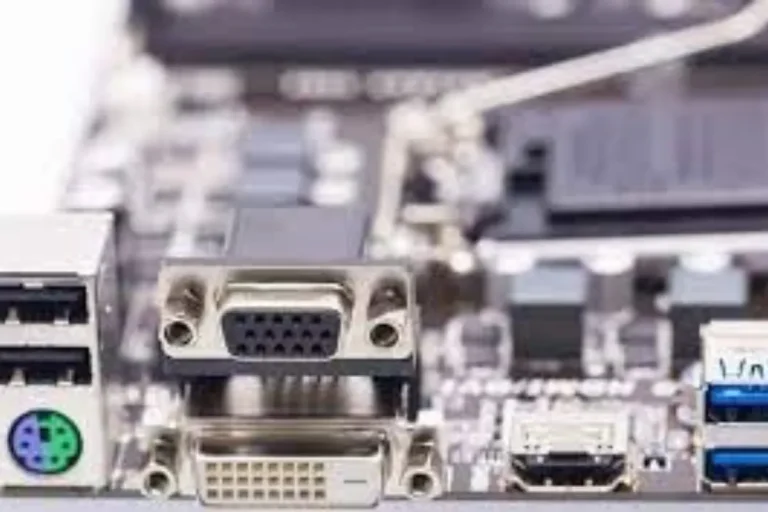Will DDR5 RAM work on a DDR4 motherboard?
Will DDR5 RAM work on a DDR4 motherboard? If you’re a tech enthusiast or planning to upgrade your computer’s memory, this question might be on your mind. In this article, we’ll delve into the compatibility between DDR5 RAM and DDR4 motherboards, exploring the possibilities and shedding light on any limitations you need to know.
Motherboard Compatibility
When it comes to upgrading your computer’s memory, understanding the compatibility between DDR5 RAM and DDR4 motherboards is crucial. The motherboard plays a significant role in determining whether your RAM will work seamlessly or not.
The motherboard acts as the central hub of your computer, connecting various components together. It houses the RAM slots where you insert your memory modules. It is essential to note that DDR4 and DDR5 RAM modules have distinct physical and technical specifications.
DDR4 RAM slots and DDR5 RAM slots differ in terms of their pin configuration and voltage requirements. DDR5 RAM slots have more pins and require higher voltage compared to DDR4 RAM slots. This means that physically, DDR5 RAM modules cannot fit into DDR4 RAM slots due to the pin mismatch.
Addressing the potential challenges or limitations of using DDR5 RAM on a DDR4 motherboard is crucial. While DDR5 RAM offers significant performance improvements, attempting to use DDR5 RAM on a DDR4 motherboard will likely result in compatibility issues. The motherboard’s firmware (BIOS) may not support DDR5 RAM, preventing it from functioning properly.
Additionally, even if a BIOS update is available to support DDR5 RAM on a DDR4 motherboard, it is important to consider the potential performance implications. DDR5 RAM’s advanced features may not be fully utilized on a DDR4 motherboard, limiting its capabilities.
DDR5 RAM and DDR4 Motherboard Compatibility
Upgrading your computer’s memory is an exciting prospect, but before diving in, it’s important to understand the compatibility between DDR5 RAM and DDR4 motherboards.
In this section, we’ll explore the backward compatibility of DDR5 RAM with DDR4 motherboards, discuss the limitations and performance implications of using DDR5 RAM on a DDR4 motherboard, and highlight any potential BIOS updates or compatibility requirements.
When it comes to compatibility, the good news is that DDR5 RAM is backward compatible with DDR4 motherboards. This means you can physically install DDR5 RAM modules into DDR4 RAM slots. However, it’s important to note that while physical compatibility exists, there are limitations to consider.
Using DDR5 RAM on a DDR4 motherboard may result in suboptimal performance. DDR5 RAM brings significant advancements in speed and bandwidth, but a DDR4 motherboard may not fully support these capabilities.
The motherboard’s chipset and memory controller may not be designed to handle the increased speed and bandwidth that DDR5 RAM offers. As a result, the performance gains of DDR5 RAM may be limited when used on a DDR4 motherboard.
To address these compatibility issues, motherboard manufacturers may release BIOS updates that enable better compatibility between DDR5 RAM and DDR4 motherboards. These updates may include optimized memory settings and improved support for DDR5 technology.
Before attempting to use DDR5 RAM on a DDR4 motherboard, it’s crucial to check if your motherboard manufacturer has released any BIOS updates or compatibility requirements.
Upgrade Considerations
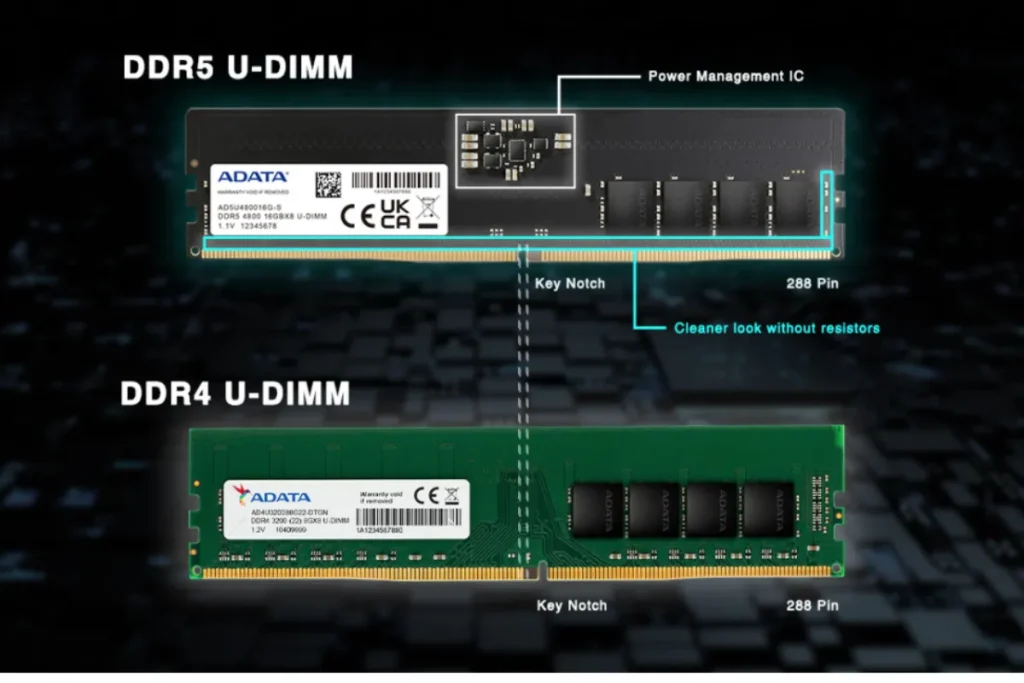
Upgrading your computer’s RAM is an exciting prospect that can greatly enhance its performance. With the advent of DDR5 RAM and compatible motherboards, the upgrade options have expanded.
In this section, we will explore the benefits of upgrading to DDR5 RAM and a DDR5-compatible motherboard, discuss factors to consider before making the leap and provide recommendations for users who wish to upgrade.
Benefits of Upgrading to DDR5 RAM and a DDR5-Compatible Motherboard
The primary benefit of upgrading to DDR5 RAM and a compatible motherboard is improved performance. DDR5 RAM offers faster data transfer speeds, increased bandwidth, and enhanced multitasking capabilities.
This means smoother operation, shorter loading times, and a more responsive computing experience overall. Whether you’re a gamer, a content creator, or a power user, the boost in performance can make a noticeable difference in your daily computing tasks.
Factors to Consider Before Upgrading
Before diving into the upgrade, there are a few factors to consider. First and foremost, budget plays a crucial role. Upgrading to DDR5 RAM and a compatible motherboard can be a significant investment.
It’s important to assess your financial situation and ensure that you can comfortably afford both the RAM modules and the motherboard. Another factor to consider is hardware compatibility. Check if your existing components, such as the CPU and GPU, are compatible with DDR5 technology.
Upgrading the RAM alone might not yield the desired results if other components become bottlenecks. Ensure that your entire system is compatible and can take full advantage of DDR5’s capabilities.
Recommendations for Upgrading to DDR5 RAM
If you’re ready to upgrade to DDR5 RAM, here are a few recommendations to guide you. First, do thorough research. Familiarize yourself with the specifications and compatibility requirements of DDR5 RAM and compatible motherboards. Read reviews, compare different options, and gather information to make an informed decision.
Next, plan your budget. Determine the cost of DDR5 RAM modules and a compatible motherboard, ensuring that it aligns with your financial resources. Consider the long-term benefits and whether the investment is justified based on your specific needs and usage patterns.
Lastly, future-proofing is essential. Evaluate your future needs and the lifespan of your current system. Upgrading to DDR5 RAM may be more beneficial if you plan to engage in resource-intensive tasks or gaming in the coming years.
Frequently asked questions
1. What are the specifications and features of DDR4 RAM?
DDR4 RAM is the fourth generation of Double Data Rate (DDR) memory technology. It operates at higher frequencies, ranging from 2133 MHz to 3200 MHz and beyond. DDR4 RAM modules have higher density, allowing for larger memory capacities.
2. What improvements and advancements are introduced with DDR5 RAM?
DDR5 RAM is the latest generation of DDR memory technology. It brings significant performance enhancements, including higher data transfer rates, increased bandwidth, and improved power efficiency.
3. Can DDR5 RAM be used on a motherboard that supports DDR4?
No, DDR5 RAM is not compatible with DDR4 motherboards. The physical and technical differences between DDR4 and DDR5 RAM modules and the corresponding memory slots make them incompatible.
4. Is it worth upgrading from DDR4 to DDR5 RAM?
The decision to upgrade from DDR4 to DDR5 RAM depends on various factors, such as your specific needs, budget, and the compatibility of your existing hardware.
Conclusion
DDR5 RAM will not work on a DDR4 motherboard. These two technologies are not compatible due to physical and technical differences. To enjoy the benefits of DDR5 RAM, upgrading to a DDR5-compatible motherboard is necessary. So, if you’re eyeing that new DDR5 RAM, make sure to plan for a motherboard upgrade as well.
